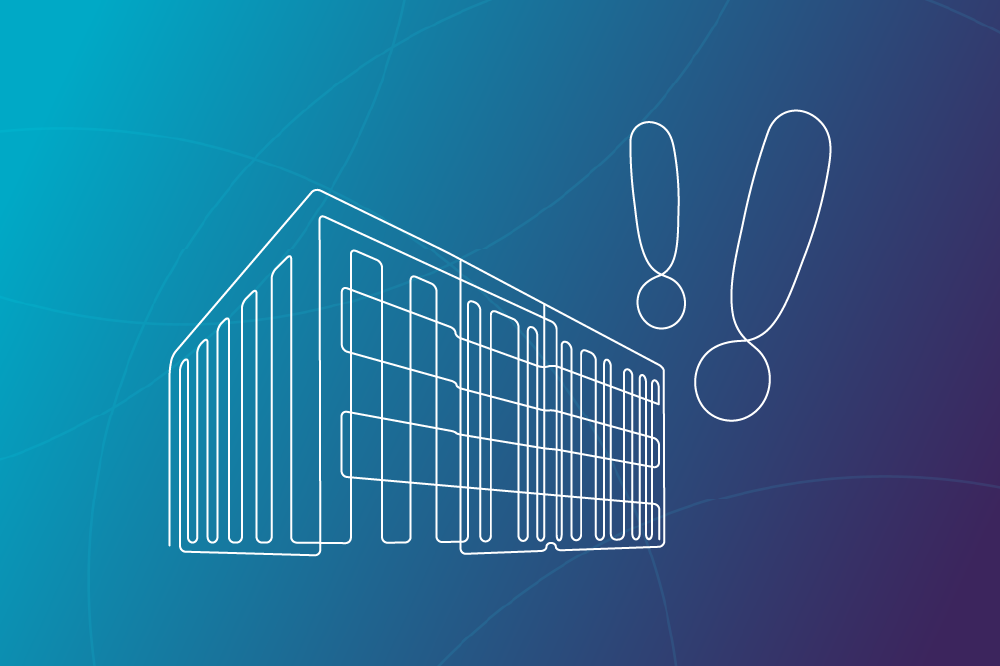Live Event
Real solutions from experts who've moved the needle on burnout
Register NowTABLE OF CONTENTS

Ensure timely communication of critical information.

Floods, fires, cyberattacks, and hurricanes—today’s healthcare organizations face a growing gauntlet of threats that can halt operations and put lives at risk. The Joint Commission’s Sentinel Event Alert (Issue 69, November 2024) sends a clear message: emergency preparedness isn’t optional.
At the heart of every solid emergency plan? Communication.
Natural or clinical, emergencies require quick and coordinated responses. As hospitals and health systems take a hard look at their readiness plans, mass notification functionality should be an essential part of an organization’s clinical communication strategy.
The ability to send mass notifications in an instant helps teams act fast, coordinate care, and protect both patients and staff when every second counts. Is your hospital prepared?
Many healthcare organizations juggle multiple systems for different kinds of communication and care coordination. Their EHR, scheduling system, and communication platform are often different apps, meaning clinicians and staff are constantly jumping from solution to solution to execute basic workflows.
When they have some kind of mass notification system in place, it’s almost always another app on the list. That means they can’t send an emergency alert in the same place where they send and receive other important information, and the alerts that are generated sometimes get delivered through different channels like text or email in a haphazard manner.
While one clinician might see the alert in their email, another might hear an overhead announcement. Follow-up communication is also easier to miss, meaning some staff may struggle to keep up with the current status of an emergency and, importantly, how the organization is instructing people to respond.
This fragmentation causes confusion and contributes to the cognitive overload that comes from using so many different applications. Taken individually, each app may be fairly straightforward, but taken together, it becomes difficult to quickly and accurately use so many different interfaces all at once—especially if you’re also trying to take care of patients.
Unifying mass notification functionality with the rest of your communication ecosystem allows for a much more cohesive communication experience:
Unifying mass notifications with other communications = improved efficiency, safer staff and patients.
No matter how emergent an alert is, unifying communication will always streamline notification and reaction times.
A real-world example might be an incoming hurricane for a hospital located on the Gulf Coast, where leadership could use a unified communication system to:
The consolidation of clinical communication and emergency alerts isn’t just about safety. It also yields some notable operational and financial benefits for health systems:

Unifying communication platforms is part of a larger industry trend: Health systems are investing in communication platforms with a wider array of functionality to tamp down on app fatigue while making it easier for clinicians to do their jobs and receive critical information.
A unified healthcare communication software platform is much more scalable than a mishmash of point solutions, and it more readily supports long-term growth and expansion. New staff? Add them to—and educate them about—one app instead of three. IT support? Learn and manage one app instead of three. New hospital location? Roll out one cloud-based communication platform that covers a wide range of use cases instead of ramping up one platform for clinical communication, one platform for emergency notifications, and one platform for patient engagement.
When every message—whether it’s a code blue or a tornado alert—is delivered with the same system, everyone wins. Healthcare organizations need to properly evolve their communication strategies to capitalize on advances in technology that eliminate the headaches of the past.
Real-time communication in healthcare isn’t just about messages—it’s about orchestrating care in a simple and repeatable way and protecting people in real time.

Ensure timely communication of critical information.